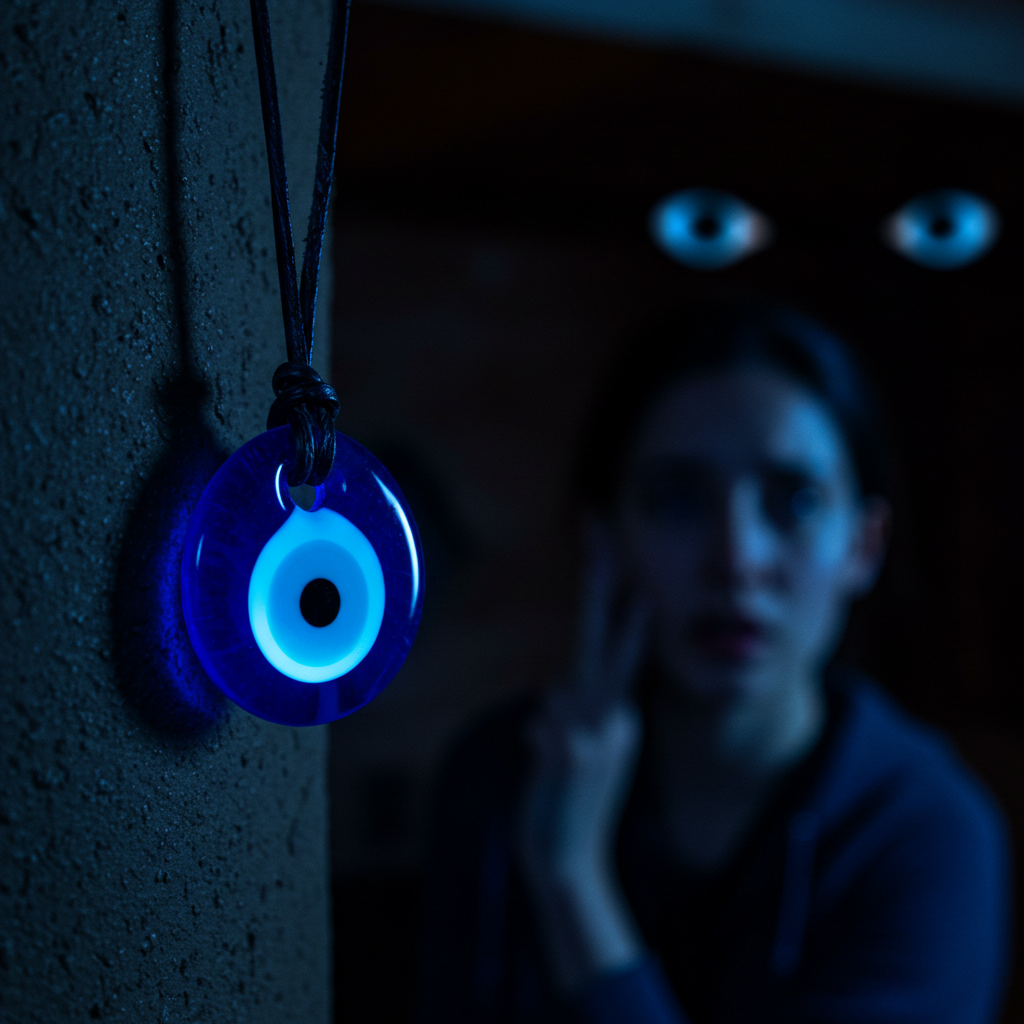According to widespread belief across Mediterranean, Middle Eastern, South Asian, and Latin American cultures, the “evil eye” refers to a supernatural affliction caused by the envious or admiring gaze of others. This gaze is believed to transmit negative energy, intentionally or unintentionally, resulting in harm to the recipient. The effects may range from chronic misfortune and deteriorating health to accidents and relationship breakdowns. The belief is particularly focused on individuals seen as vulnerable—such as babies, pregnant women, and those experiencing unusual good fortune or attention.
Protective practices include wearing or displaying amulets such as blue-and-white nazar beads, hamsas, or other talismans believed to reflect or absorb the harmful gaze. Cultural norms in many communities include speaking protective blessings when praising someone, such as “mashallah” (God has willed it) in Islamic cultures or similar phrases in Hebrew, Spanish, Hindi, and other languages to deflect unintended harm.



